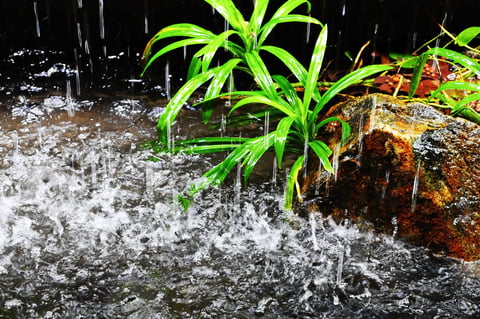Weather and Climate: a Teachers’ Guide
Pathway: Extending Weather
Air Masses – Pressure and Wind – Water in the Atmosphere – Anticyclones
Lesson overview: In this lesson we look at the weather associated with anticyclones in summer and winter and its potential impacts.
Anticyclones are high-pressure weather systems caused by descending air. They rotate clockwise as outflowing air at ground level is deflected by the Coriolis effect and bring light winds and warm sunny days in the summer, but also crisp winter days and endless gloom in spring. Large high-pressure systems can sit in place for long periods of time and deflect low-pressure weather around the UK. This can lead to protracted periods of stable weather with little precipitation.
Learning objectives:
-
To understand what an anticyclone is.
-
To be able to distinguish between the weather in a winter and summer anticyclone.
-
To be able to explain why we get high pressure in an anticyclone.
-
To understand the positive and negative impacts of anticyclones in summer and winter
Key Teaching Resources
Anticyclones PowerPoint
Anticyclones PowerPoint (easier)
Anticyclones Worksheet
Anticyclones Worksheet (easier)
Anticyclones Homework
Teacher CPD/ Extended Reading
Read Anticyclones_More for Teachers
Or watch
Alternative or Extension Resources
Further resources for teaching about anticyclones, depressions and fronts.






